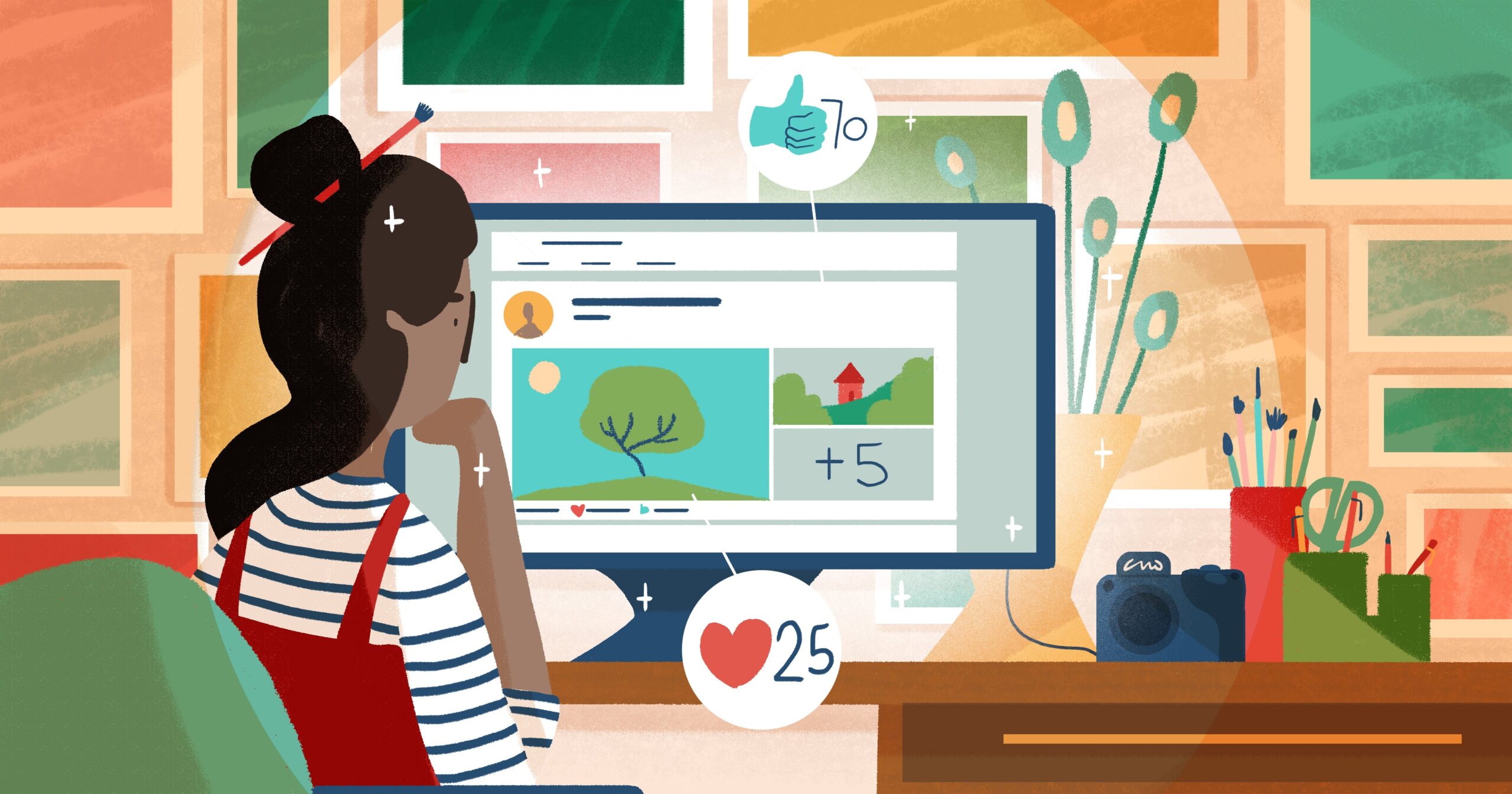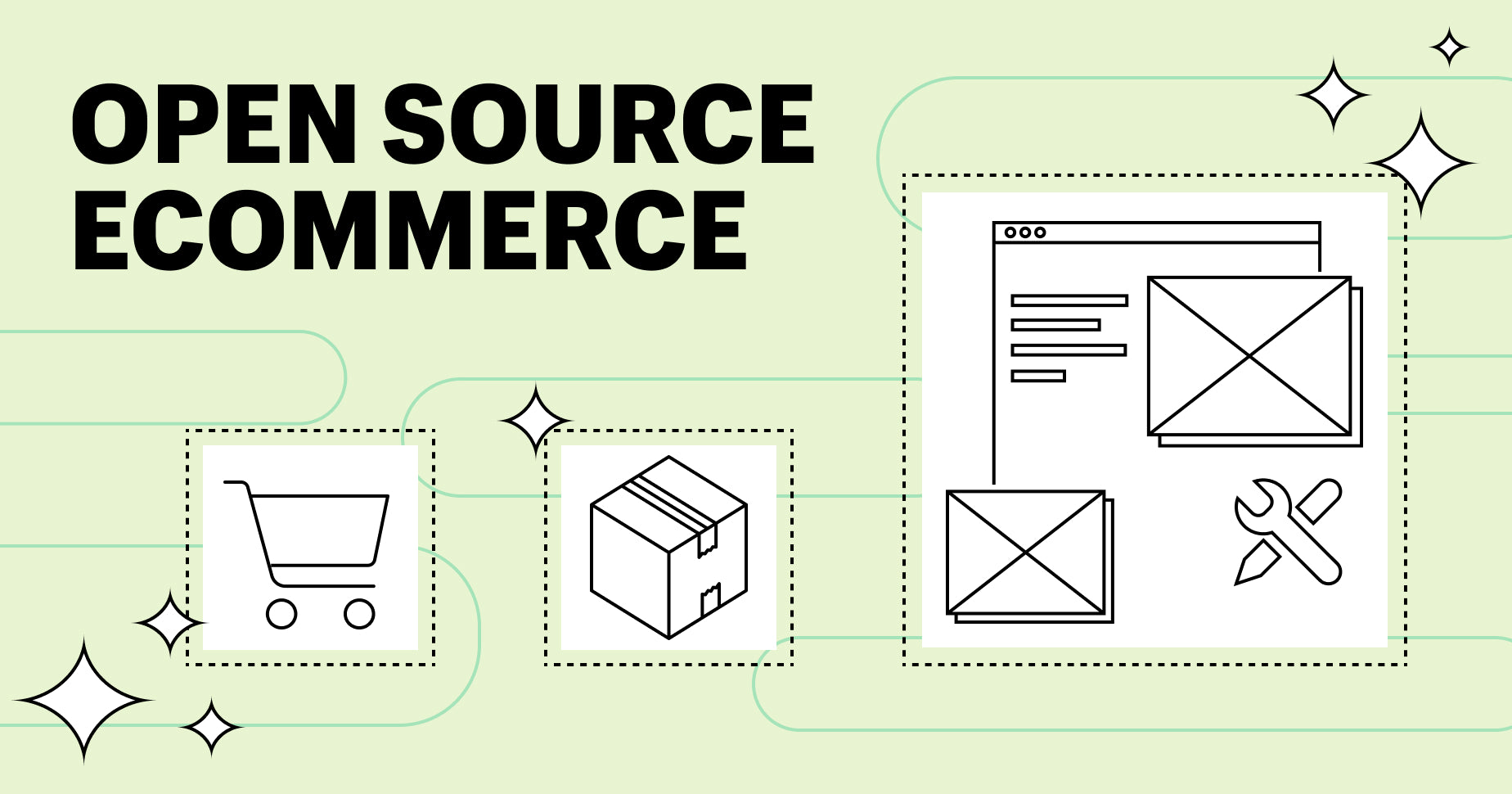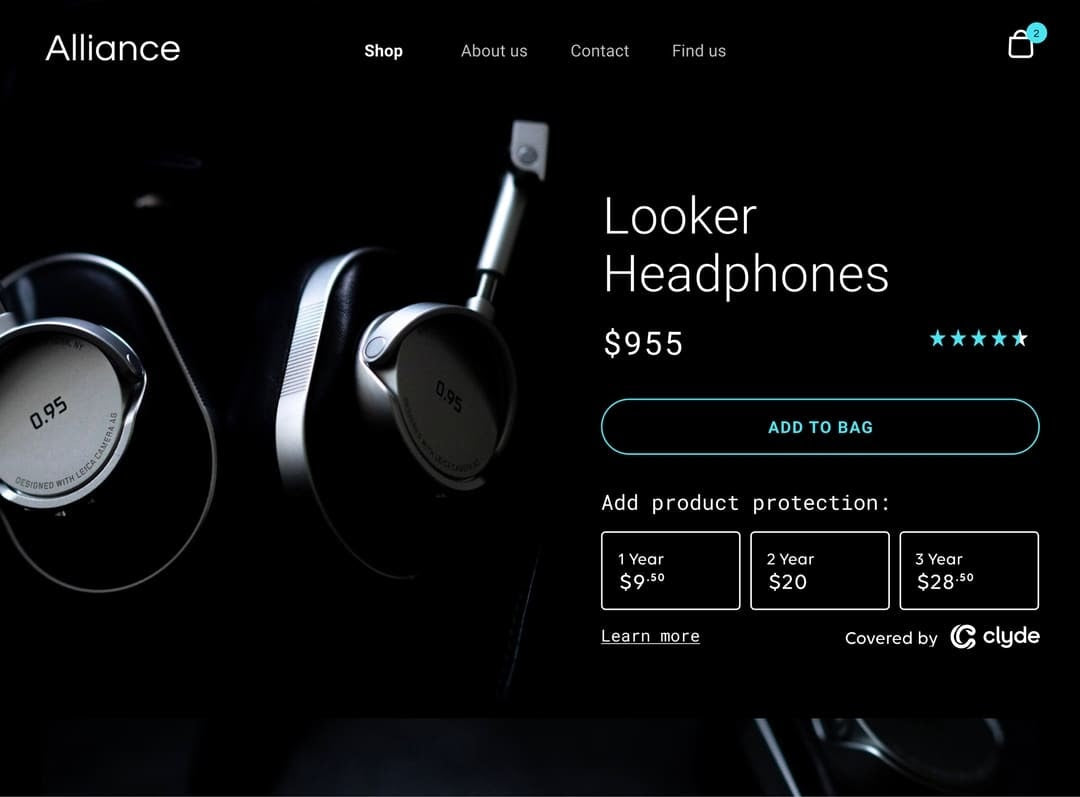Our view at Stack - Shopify has just about everything you need if you're looking to sell online. It excels with unlimited products, user-friendly setup, and 24/7 support. It offers 6,000+ app integrations, abandoned cart recovery, and shipping discounts up to 88%. Plus, it allows selling both online and in-person, scaling as your business grows.

A lot has changed in the past few decades. Everything we used to consume via physical media (books, CDs, DVDs) is now available at the click of a button on a computer. Not to mention, a “computer” can now mean a desktop, laptop, tablet, or smartphone.
Movies, videos, songs, and books are now “digital content”—essentially long lines of computer code that render as text, still images, audio, and video.
Digital content creation is a big industry, and it covers everything from entertainment to digital marketing. Here’s a rundown of the many forms of digital content small business owners can use to their advantage, plus tips on how to create digital content of your own.
What is digital content?
Digital content refers to any information existing in a format that computers can process. More specifically, digital content includes software (such as computer programs and mobile apps), visual content (such as digital photos, videos, and animations), audio content (like music and podcasts), and text (including emails, data sets, and blog posts). The proliferation of digital content in the internet age has changed how people share and create content—and even who those creators are.
As an example, think of video content. In the analog era, directors filmed movies on long reels of film and edited that film using manual tools like knife blades to splice film reels. Distributing those movies typically involved mass-producing physical tapes, which were shipped to cinemas and consumers.
Digital technology has upended all of that. Now directors can film, edit, and deliver their movies using digital cameras and computers. Since digital hardware tends to be much cheaper than film cameras once were—and some of the software is literally free—it has democratized the filmmaking process, allowing more creators to enter the entertainment industry.
8 types of digital content for small businesses
Here are 8 types of digital content to consider creating:
1. Text-based content. The category includes blog posts web visitors read for free, ebooks consumers pay for, white papers (long-form written pieces that explain products or promote solutions), press releases, and datasets. Written content is especially helpful for website SEO purposes.
2. Visual content. Visual digital content can simplify complex information and grab attention quickly. The category includes photos, infographics, illustrations, memes, and presentations.
3. Video content. Videos reign supreme in the digital world and they’re prioritized on social media platforms like Instagram, X, and TikTok. From short social media clips to long-form documentaries and feature films, content creators can use videos to entertain audiences, educate, and send messages to their audience.
4. Audio content. Podcasts, audiobooks, and livestreams are great for consuming information on the go. It’s also a great way for users to engage with brands even when their visual focus is elsewhere.
5. Social media posts. Social media content refers to short updates, images, and videos shared on platforms like Facebook, TikTok, LinkedIn, X, and Instagram.
6. User-generated content (UGC). User-generated content includes customer reviews, social media posts, comments on those posts, and user-created videos and podcasts. UGC may not have the same brand voice that characterizes the content you make in-house, but it serves as social proof to curious shoppers and can increase engagement with your brand.
7. Interactive content. This category includes quizzes, polls, surveys, augmented reality (AR), and gamified experiences. When properly coded and optimized, interactive content can serve as a tool to collect valuable customer data, which you can use to generate new product and marketing ideas.
8. Email marketing content. Newsletters and promotional emails offer a targeted way to connect with your audience directly and keep them informed whether they include embedded content from your website (such as a blog post or a video) or exclusive content not found elsewhere.
How to create digital content
- Determine the content’s purpose
- Understand your audience
- Draft your digital content
- Review your content
- Publish and promote your content
Digital content can be valuable to your target audience if it engages potential customers and gets them excited about your brand. With this broad goal in mind, here are some steps to guide your content plan:
1. Determine the content’s purpose
Establish objectives for your digital content. Are you trying to raise brand awareness? Social media content may serve you best. Are you trying to educate prospective customers and bring more traffic to your website? Populate your website with educational articles. Or are you aiming to create paid digital content that is a money-maker in and of itself? It might be time to start that blog you’ve been dreaming about.
Understanding what you’re trying to achieve when you broadcast digital content will help you narrow down the forms it should take.
2. Understand your audience
To make your digital content effective, determine who you’re making it for. Host focus groups, survey existing customers, look at competitor content, or research consumer behavior trends to grasp your target market’s needs, preferences, and pain points. Doing this research upfront will also help you determine where to showcase your content. If your audience is mostly made up of Gen Z beauty product aficionados, for example, you’re most likely to reach them on TikTok or Instagram. Meanwhile, business-to-business (B2B) companies would be better served sharing their think pieces on a platform like LinkedIn.
If it’s helpful for you to have a clear character in mind as you make each new piece of content, create buyer personas (fictionalized characterizations of your ideal customers) to help inspire new ideas.
3. Draft your digital content
Whether you decide to create content for your website or social media accounts, take the time to think strategically about what will best serve your audience and content goals. Prioritize ideas that stand to have the greatest impact on your business and broader content strategy. Plenty of free tools exist that creators and marketers alike can use for keyword research and blog post ideas; use these tools to help determine which topics have staying power (evergreen content) and which are more likely to lose relevance quickly (topical content).
If you’re creating the content yourself, gather the content creation tools you’ll need to complete the piece—whether it’s photo editing tools for social media posts or a grammar checker for a blog post—and set a deadline for completing your first draft. If you’re hiring a content creator, give them a detailed outline or design brief that clearly defines your expectations.
4. Review your content
Regardless of the format, all your digital content should reflect a consistent brand voice and visual aesthetic. Maintaining a consistent brand voice will help boost brand recognition whether your audience encounters your content on your website, YouTube channel, or social media platforms. Review your draft for words or turns of phrase that might not reflect your brand accurately. Ensure social media posts work together cohesively and mirror the style of your ecommerce site.
Use this stage to optimize your content for search engines as well. Search engine optimization (SEO) involves including relevant keywords, writing helpful and concise meta descriptions, and including descriptive language in alt tags for images. For all content that appears in a long-form written format, ensure it’s structured in a way that’s easy to digest. Taking these steps will make your content easier for search engines to index and, as a result, easier for your audience to find.
5. Publish and promote your content
If you have multiple pieces to publish, space them out and use scheduling tools to post at optimal times for your target readers, viewers, or listeners. If you’re posting on multiple platforms, consider posting at different times according to audience preferences. For example, the best time to post on Instagram might be mid-morning, while your TikTok audience is more likely to engage with posts in the afternoon.
Once your content goes live, track its performance using analytics tools. You can use free tools like Google Analytics to see how your content is performing, though Shopify users may prefer the platform’s built-in analytics tools. Monitor metrics like page views, engagement rates, conversion rates, and social shares.
Engage with your audience through comments, forums, or community groups. Encourage discussions and gather feedback to improve future content. Engaging with prospective customers in the comments is a cost-effective way to raise awareness and promote a conversation about your brand—particularly on social media. Not everyone will respond to the content your company puts out, but if you focus on engaging the potential customers most likely to convert, it’ll be well worth the time and effort.
Digital content FAQ
What is an example of digital content?
An example of digital content is a library of videos (such as narrative features, documentaries, and music videos) available on a streaming service.
How do I create digital content?
How do businesses use digital content?
Businesses use blog posts to bring organic traffic to their websites, videos to increase engagement on mobile apps, and photos to generate brand awareness on social media platforms. Generally, businesses use digital content to entertain, inform, and persuade existing and prospective customers.
If Shopify is of interest and you'd like more information, please do make contact or take a look in more detail here.
Credit: Original article published here.








![[From left to right] OSEA’s hyaluronic body serum, Undaria collagen body lotion, hyaluronic sea serum, and ocean eyes.](https://softwarestack.tech/wp-content/uploads/2024/09/031224_OSEA_HyaluronicBodySerum_HBS-1-821-EditV2_1-scaled.jpg)





































